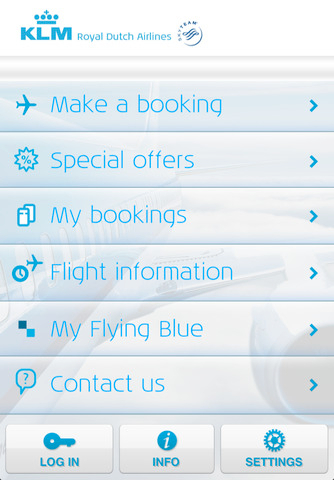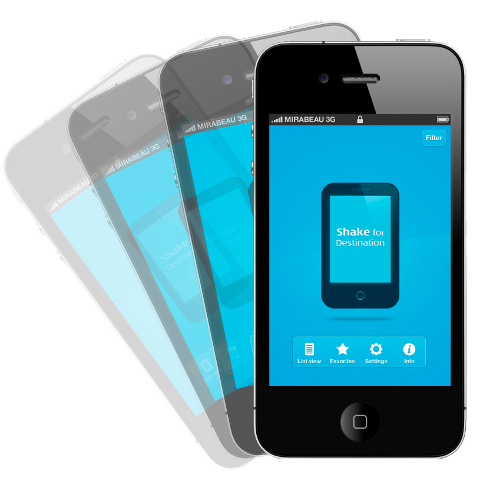Monetising mobile: four tips from the world’s oldest airline
Just because you are 93 years old doesn’t mean you cannot be on the cutting edge. KLM, the legacy carrier of The Netherlands and the world’s oldest airline, has grasped better than most the importance of mobile to the airline industry. Pamela Whitby reports
It hasn’t always been easy but today KLM is more ambitious than ever in its drive to become a mobile first company. Rob Zwerink, director of e-Development at KLM, says the carrier is more focused than ever on developing a comprehensive mobile strategy because this will create many new opportunities to engage with customers. “Today we are more ambitious than ever and are really looking at new disruptive ways to drive new traffic to mobile and then convert this to bookings,” he says.
Given that airlines are mobile by definition and the numbers of leisure travellers (85%) using their smart phone abroad are significant, KLM moved quickly with its mobile offering. Since it launched its first basic mobile website two years ago, the company has delivered monthly upgrades, an app for iOS, Android and Windows, a tablet optimised website, an inspiration app coined Tripshake, and a device responsive flight status tool. It has also enabled mobile boarding and check-in although this has had mixed success mainly down to the slow pace of development in various parts of the world. For example, just 64% of the airports KLM flies into facilitate the usage of mobile boarding passes .
However, with the knowledge that customers are increasingly using their phones for last-minute offers or upgrades, to orientate themselves and read reviews, KLM is increasingly looking very closely at how it can extend its mobile offering.
Cracking conversions
Mobile visits are on the move and they are growing rapidly, says Zwerink. Today 17% of KLM’s online visitors come from a mobile device (this includes both phone and tablet) but according to Zwerink within a year this will rise to as much 30%. In addition, between September 2010 and August 2012 visits to the mobile site are up 800% and mobile check-ins are up 1600%.

However, although there has been steep growth in mobile, conversions remain low. However Zwerink is confident that it is possible to monetise mobile and has identified number of ways to achieve this:
1. Extend and enrich the customer journey: There will be one main app that delivers all B2C services, and then a range of others to raise brand awareness. The aim will be to deliver relevant valued-added, personal services before, during and after the customer journey
2. Create a better more personal mobile experience: After going back to the drawing board last summer KLM realised that they still treated mobile as a derivative of the main website. Today then the focus is on content and usability and on putting mobile first. The aim is to achieve a mobile experience that is useful, usable and desirable. The airline will, for example, be looking to exploit location-based services as much as possible. It will also be looking to specifically target those 21% of visitors that still don’t know where they want to go.

3. Remove all barriers: This means making payment via mobile as easy and simple as possible. Right now payments are very regional even country specific, says Zwerink so it is challenging to have a full set of mobile payment options that covers the world. Also the usability of mobile payments is not that great and it is difficult to enter credit card details. KLM recently introduced a mobile method for Paypal and aims to be a frontrunner with mobile payments.
4. Integrate social interaction via mobile. Smart phones are increasingly being used for social interaction but not all KLMs services are available on a mobile. For example its ‘meet and seat’ service which enables you to connect with people you might wish to sit with on a journey is not yet available on mobile but soon will be.
One thing seems clear, mobile is truly disrupting the way airlines do business and KLM seems determined to benefit. “In seven years time when celebrate our centennial, I have no doubt that we will conclude then that we had no idea what the possibilities for mobile were,” says Zwerink.

